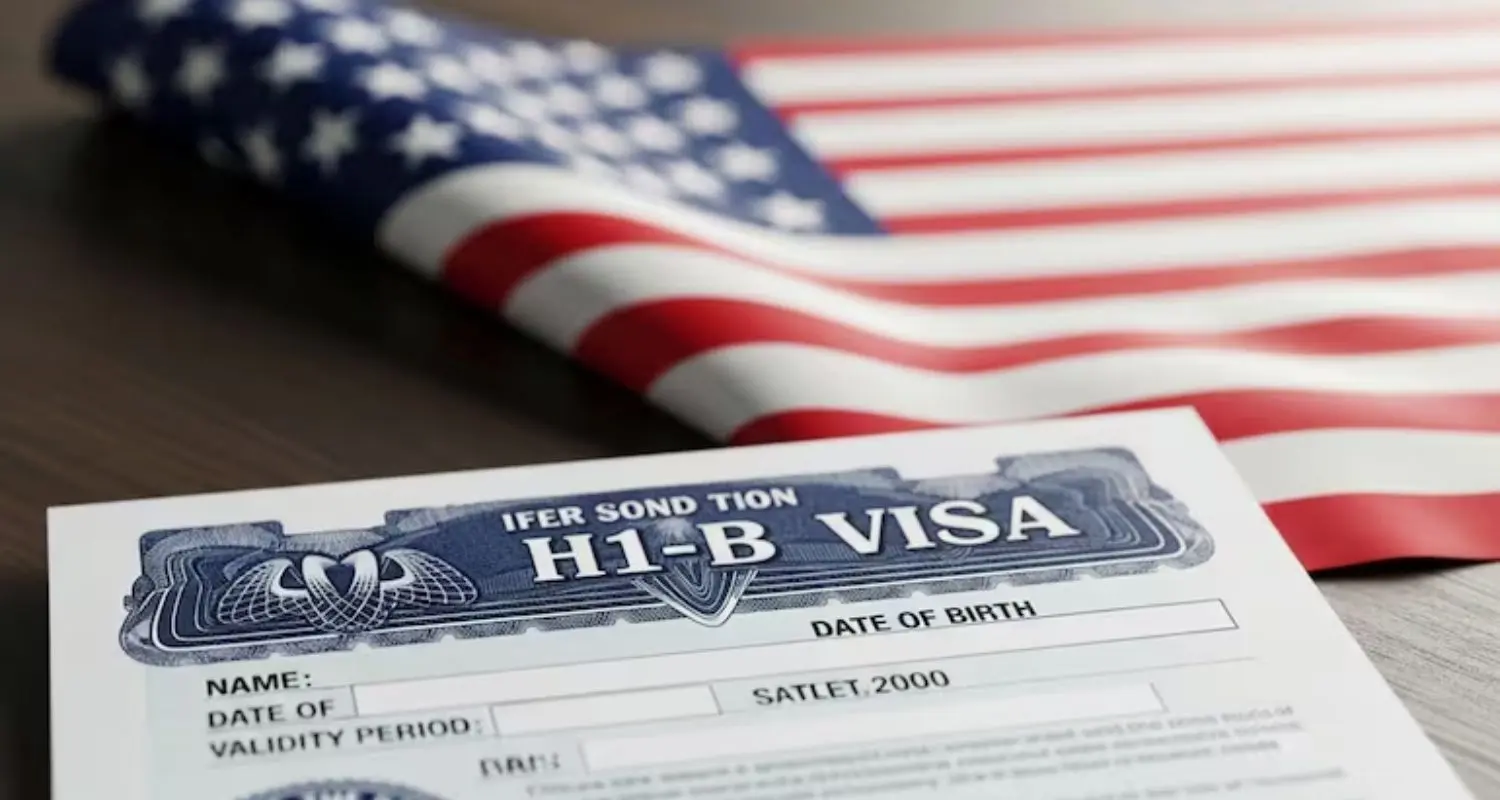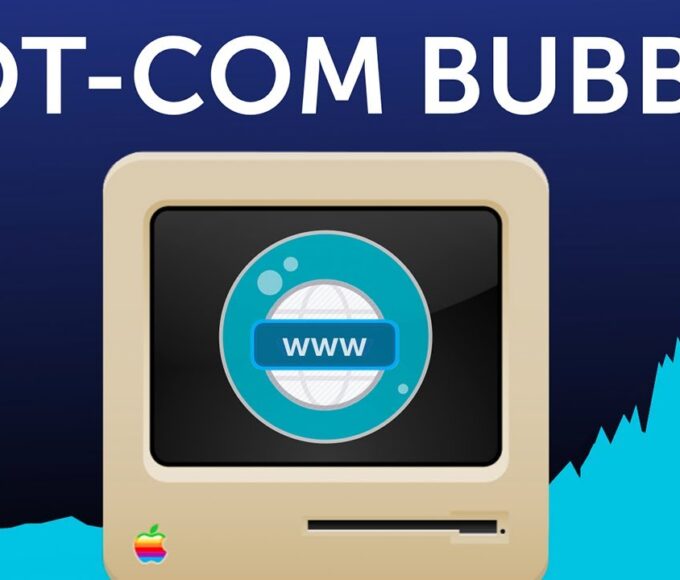When US commerce secretary Howard Lutnick announced on September 19, 2025 that a $100,000 annual fee would apply to H-1B visas, Indian tech professionals, companies, and policymakers erupted in anxiety. Confusion over whether the massive fee would affect both new and renewing applicants led to an immediate scramble: travel plans were canceled, tech workers abroad rushed to re-enter the US, and industry groups warned the move could cripple the talent engine driving the American economy.
What triggered the panic?
- The original White House statement, and Lutnick’s comments, suggested the $100,000 fee was both annual and retroactive—covering new and existing H-1B holders.
- Social media lit up with stories of people abruptly ending trips, fearing being stranded or facing massive new costs to re-enter the country.
- India was especially alarmed: with over 71% of global H-1B approvals going to Indian nationals, the impact would have been felt acutely by families and US-based companies dependent on Indian talent.
How India won clarification
Recognizing the risk to India’s tech industry and bilateral relations, the Ministry of External Affairs (MEA) launched intensive weekend diplomacy with the Trump administration. India highlighted:
- H-1B holders’ massive contribution to US innovation, jobs, and tax revenue.
- The risk of destabilizing ongoing projects, disrupting families, and triggering a “brain drain”.
- Feedback from major industry bodies, policy advocates, and returning travelers illustrated the urgency for relief.
These discussions—held in both New Delhi and Washington—were reinforced by direct communication from Indian tech leaders and US lobby groups, amplifying the call for practical, business-friendly solutions.
The White House’s three-point clarification
By Sunday, September 21, White House press secretary Karoline Leavitt issued key clarifications:
- This fee is NOT annual—it is a one-time charge only for petitioning new H-1B visas.
- Current H-1B holders and renewals are not affected; those outside the US do not need to rush back and will not be hit with retroactive fees.
- Fee only applies to new applicants starting in the upcoming lottery cycle; travel and entry rights remain unchanged for current holders.
This public clarification, quoting both the MEA’s engagement and US official statements, quickly reversed the panic, allowing Indian professionals and tech travelers to maintain their schedules and livelihoods.
Industry and public reactions
- Indian IT major associations, including Nasscom, thanked MEA for rapid action and for helping calm the sector.
- US business and tech leaders warned the high fee could still deter new talent and weaken US competitiveness—but acknowledged relief for those already in the US was a critical step.
- Legislators criticized the initial announcement as “reckless,” but the White House’s rollback demonstrated an ability to respond to stakeholders and mitigate unintended damage.
Real-world impact
- For Indian professionals: Those abroad and those with renewals need not pay the fee or change plans; only new applicants—primarily first-time lottery entrants—face the $100,000 payment.
- For US employers: The fee increase only affects hiring brand-new H-1B workers; existing staff and ongoing visa renewals are safe.
- For India-US relations: Quick, coordinated diplomatic exchanges showed how tech and talent ties are now central to high-level engagement, with both governments working to avoid destabilizing each other’s economy.
Why the H-1B program matters
- Indian nationals account for over 70% of H-1B visas each year, which feed the US technology, research, finance, and engineering sectors.
- H-1B holders contribute billions in taxes and play key roles in founding startups, leading R&D, and maintaining critical business operations.
- Any uncertainty about fees, renewals, or travel can ripple through families, businesses, and broader bilateral relationships.
Policy challenges ahead
While the immediate crisis was defused, future challenges remain:
- The high cost for new applicants could restrict access for lower-salaried professionals, mid-tier firms, and diverse talent pools.
- US policy shifts (including proposals to prioritize higher-paid workers) may continue to reshape the global talent landscape.
- India and the US will need continual dialogue to balance domestic priorities, security, and the mutual benefits of international workforce exchanges.
Conclusion
The $100,000 H-1B visa fee announcement sent shockwaves through Indian tech and the global talent market—but India’s MEA worked quickly and effectively with the Trump administration to win critical clarity. The fee applies only as a one-time payment for new H-1B applicants; current holders and renewals are exempt, and re-entry rights remain unchanged. Industry, governments, and thousands of professionals breathed a sigh of relief, but the episode highlights just how vital diplomacy, clear policy, and stakeholder input are in managing global labor flows that power the modern economy.
References / Sources
- Times of India – US clarification on one-time H-1B fees: How MEA worked …: https://timesofindia.indiatimes.com/business/india-business/us-clarification-on-one-time-h-1b-fees-how-mea-worked-over-weekend-to-engage-with-trump-administration-to-win-relief-details-here/articleshow/124065120.cms
- Times of India – $100k for H-1B visa: Not an annual fee, says Trump official: https://timesofindia.indiatimes.com/business/international-business/100k-h1-b-visa-fee-not-annual-says-donald-trump-official-issues-3-point-clarification-for-existing-holders-new-applicants/articleshow/124021001.cms
- Times of India – White House clarifies $100000 fee does not apply to current H1B visa holders or renewals: https://timesofindia.indiatimes.com/business/international-business/white-house-clarifies-100000-fee-does-not-apply-to-current-h1b-visa-holders-or-renewals-safe-to-travel-also-its-not-annual-fee/articleshow/124022952.cms
- Economic Times – MEA worked weekend to win H-1B relief: https://economictimes.com/nri/latest-updates/mea-worked-weekend-to-win-h-1b-relief/articleshow/124055157.cms
- Fortune – India’s Ministry of External Affairs issued a response …: https://fortune.com/2025/09/22/india-government-responds-trump-h1b-visa-fees-100k-increase/
- BBC News – H-1B: What Trump’s $100000 visa means for India and US …: https://www.bbc.com/news/articles/ce3yy58lj79o












Leave a comment